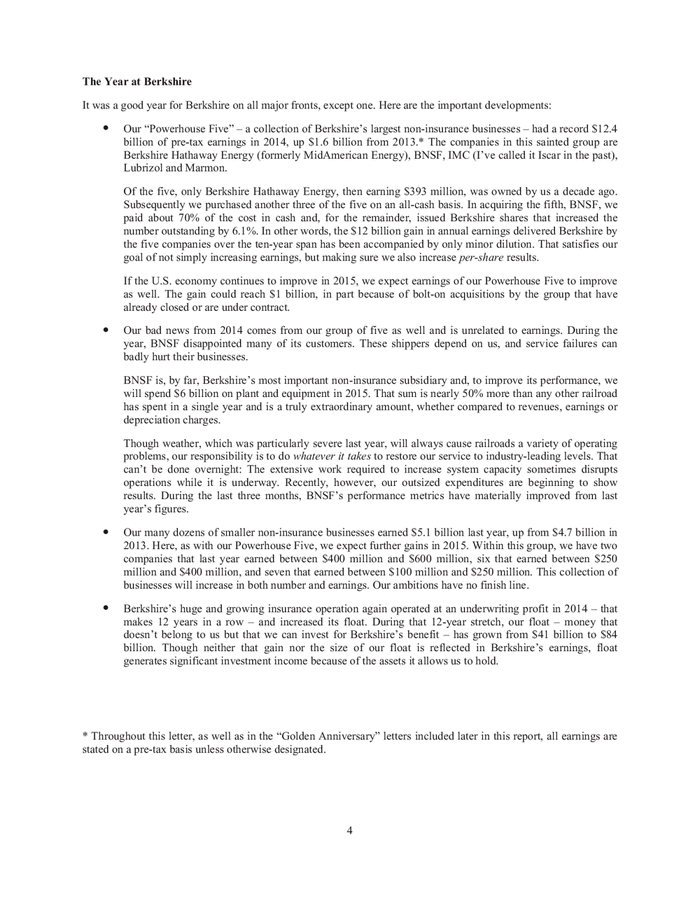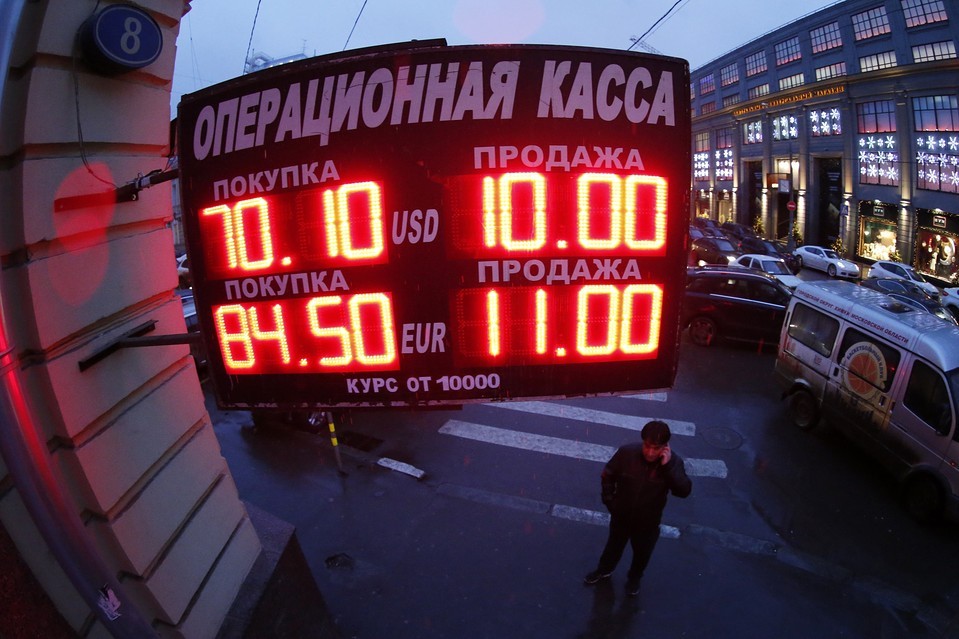Emerging Markets Out Of Love And In Debt MoneyBeat
Post on: 21 Август, 2015 No Comment

macroeconomics
The fourth in a four part MoneyBeat series charting global debt.
The investment tide is turning against emerging markets. exposing some worrying fundamentals.
For a long time after the financial crisis, emerging markets boomed as developed economies struggled. Assets in the less developed part of the world offered substantial returns while yields all but evaporated in major western economies. As the Federal Reserve, Bank of Japan, Bank of England and European Central Bank pumped money into their economies, trying to keep them buoyant in the face of collapsing demand, plenty of liquidity leaked out. The flow of cash ignited investment booms and growth across emerging markets, drawing even more investment funds into these economies.
But ever since former Fed chairman Ben Bernanke started warning in May 2013 about the winding down of the U.S. central banks latest asset purchase program, investors have been uneasy about holding the assets of less developed countries. The reversal of liquidity triggered currency slumps, inflation jumps and interest rate rises in these economies, chocking off growth. With the Fed fully tapering this month, the dollar has soared. putting yet more pressure on these emerging economies.
Thats especially worrisome where debt loads have risen among emerging market economiesparticularly in the so-called BRIC countries of Brazil, Russia, India and China, and the economies of South-East Asia.
For South-East Asia, theres an uneasy sense of deja vu. Total debt in the regionthats government, household, corporate and financial sector debthas ramped back up towards the levels last seen in the wake of the financial crisis that savaged the region in the late 1990s, according to data from McKinsey Global Institute.
Now its true that average debt across the whole of the emerging-market economies is low as a percentage of national output compared with debt loads in the developed worldlittle more than a third. And the capacity of these economies to hold debt has increased as theyve developed.
But even where the total debt loads are low and have been falling, such as among African or South American economies, there are pockets of potentially serious stress.
For instance, yields premia on emerging market corporate debt over developed country equivalents have also shrunk dramatically over recent years, leaving little cushion for when things go wrong.

And the difference in yields between frontier market bondsthe most emerging of emerging marketsand those of more established emerging economies have shrunk to near nothing. Which is to say bond investors arent getting much of a premium on the most speculative of assets.
And bad news is coming. As the Fed starts to normalize policy pushing up U.S. interest rates, the dollar is likely to rise further. This is likely to trigger considerable outflows from emerging markets back to developed economies, according to research from Oxford Economics.
As the dollar climbs, it is also likely to push down the dollar-denominated value of many commodities. Many emerging economies are commodity dependent. And they have also tended to borrow heavily in dollars. So their source of dollar revenue is likely to fall, making it harder to pay back those loans, causing investors to become even more nervous about holding assets in these economies.
Thats not to mention a wider risk aversion toward the less developed world as investors absorb news about Ebola epidemics, conflict between Russia and Ukraine, war in the Middle East and growing civil strife elsewhere, not least Turkey.
Little wonder then that emerging market equities have seriously underperformed developed markets during the past couple of years. Maybe holders of debt will start to notice.














